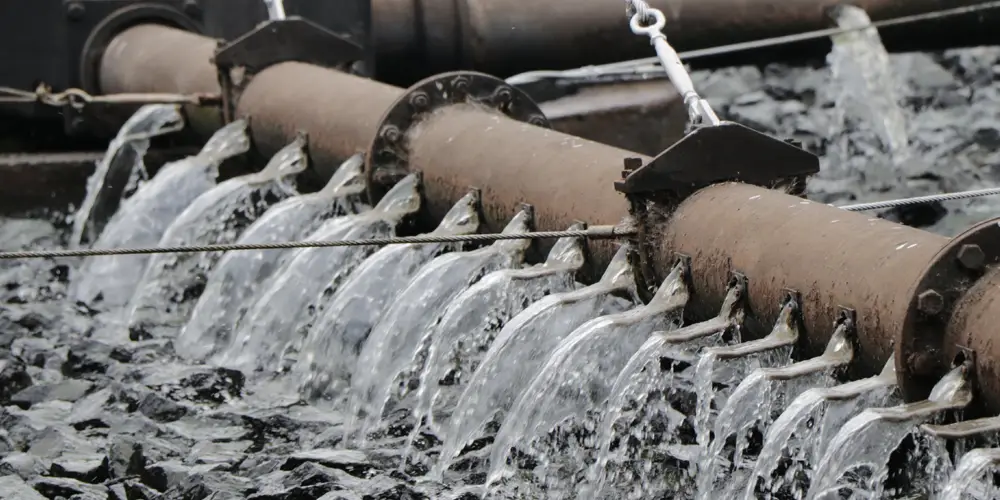Wasreb Launches Impact 14 2022 Report In Nairobi

PRESS RELEASE: LAUNCH OF IMPACT 14 2022
Nairobi, June 24th, 2022: The Water Service Regulatory Board (WASREB) – the body charged with regulation of water services in Kenya, has today released its latest Impact Report; in a bid to evaluate and assess the performance of the water sector. The launch event took place at Nairobi Safari Club, Nairobi. Chief Guest was Water Secretary Ministry of Water Sanitation and Irrigation, Eng. Samuel AO Alima who represented CS James Macharia. The report shows the average Water Coverage was 60% for piped water systems in the regulated utilities , which is an increase from 57% in the previous reporting period. This growth in coverage is mainly attributed to a bigger increase in population served of 6.8% compared to a growth of 1.5% for the population within the area served. The winners were Nyeri- Position 1, Nakuru- Position 2 and Murang’a- Position 3 respectively. Speakers at the event held at the Nairobi Safari Club called for close collaboration with Counties and Development partners to achieve better performance of utilities.
HIGHLIGHTS: HOW THE SECTOR PERFORMED IN SELECTED AREAS- REGULATED UTILITIES
(a) Water Coverage
- Improved from 57% to 60% for piped water systems in the regulated utilities
- There was additional 1,001,805 people served compared to an increase in number of people within the service area of the WSPs of 611,265
- Production during the period increased by 1.3% and similarly the turnover increased by 1.6%.
(b) Sanitation Coverage
- The overall sanitation for the period is at 93%, an increase of five percentage point from the previous reporting period at 88%
- This implies improved sanitation facilities which include flush or pour-flush to piped sewer systems, septic tanks, ventilated improved pit latrines and traditional pit latrines (with a squatting slab)
- It measures performance with regard to the provision of sewered and non- sewered sanitation
(c) Sewered Sanitation Coverage
- Increased marginally by one percentage point from 15% to 16% in the regulated WSPs
- The average number of people served per connection increased from 9.4 in 2019/20 to 12.8 in the current period
- Sewered sanitation coverage is a sub-set of sanitation coverage and refers to the number of people served with flush or pour-flush to piped sewer systems
(d) Hours of Supply
- Marginally improved from 15 to 16
- The marginal improvement in reliability however, did not translate to increased consumption since the per capita consumption decreased from 31 litres per capita per day to 30 litres per capita per day
- Less hours of supply imply poor service quality (less reliability) and lower customer satisfaction.
(d) Non-Revenue Water Reduction
- Non-Revenue Water improved from 47% to 45%
- In financial terms at the current average of NRW at 45% and the sector turnover of KShs. 23.2 Billion, the sector is losing slightly more than KShs. 10.5 Billion
(e) Metering
- Metering level decreased by one point, from 96% to 95%
- Higher metering levels mean metering is being utilised as a tool for accounting for the water produced.
(f) Cost Coverage
- Cost coverage declined by four percentage points from 103% to 99%
- Higher cost coverage means improved sustainability for the sector. Lower cost coverage would be a threat to sustainability.
The Impact Report serves as WASREB’s main tool for public reporting and documents the performance of Kenya’s water services sector over a given period of time. It is meant to spur comparative competition in the sector, thus creating impetus for institutions to improve their performance whilst encouraging accountability of stakeholders in the water sector to the public.